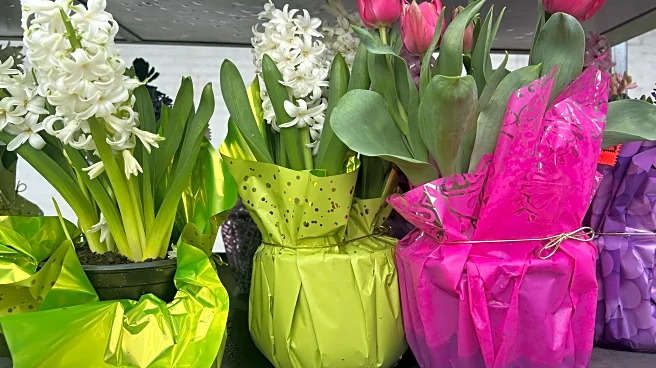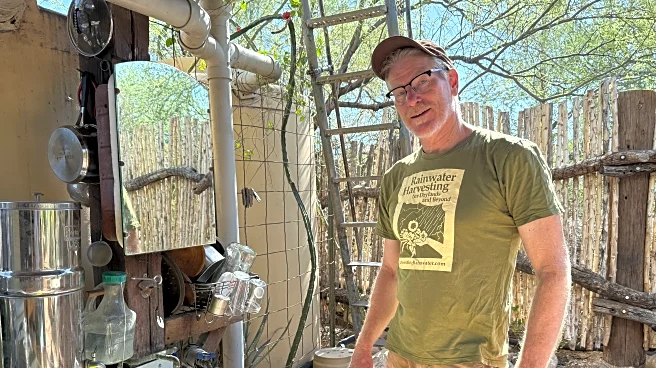If the wait for bulbs to bloom in spring seems excruciatingly long, you can pot some up now and enjoy a floriferous winter indoors.
Gardeners are constantly gaming the system, using fertilizers to force plants to direct energy toward more blooms, more fruit or faster growth; starting seeds indoors to ensure earlier tomatoes; and using row covers or cold frames to extend the season. So why not bend nature’s schedule to gift ourselves some joy during the bleakness of January?
That is, after all, what
professional growers do to fill all those pastel-foil-wrapped pots of tulips and daffodils sold as Easter plants.
All you need are clay pots, potting mix, ordinary spring bulbs and some patience.
Fill pots with the mix, then set grape or standard hyacinth, tulip, daffodil or crocus bulbs — or a combination -- just beneath the surface. (Tulip bulbs should be angled with their flat sides facing outward so that their eventual leaves unfurl over the container’s edge.)
Store the pots at about 55 degrees Fahrenheit for four to six weeks to ensure good root establishment, and water regularly to keep the soil slightly moist. An unheated basement or attached garage could serve well, depending on your location.
Then prepare for the deception.
For the bulbs to bloom, you’ll have to convince them that they’ve lived through winter. You can achieve this by placing the pots in the refrigerator (away from fruit, which releases ethylene gas that inhibits sprouting) for 12 weeks.
If you find yourself growing impatient, you can remove them from the fridge after six weeks, but they will take longer to bloom.
And if you’re feeling creative, take one pot out at the six-week mark, then remove another every couple of weeks. You’ll be rewarded with a succession of blooms that will last through winter.
After the chilling period, move the pots into the warmth and light of your living space, where they’ll grow and bloom in as little as two weeks. If you live in a frost-free region, you can even plant the chilled bulbs outdoors.
Aside from water, the plants won’t require anything from you, as bulbs contain all the stored energy and nutrients they need to survive and thrive.
When the danger of frost has passed, you can move your plants into the garden. Tulips may not reappear next year — that’s a gamble with nothing to lose -- but you can expect daffodils, crocus and hyacinths to bloom again alongside their bedmates.
___
Jessica Damiano writes weekly gardening columns for the AP and publishes the award-winning Weekly Dirt Newsletter. You can sign up here for weekly gardening tips and advice.
___
For more AP gardening stories, go to https://apnews.com/hub/gardening.












